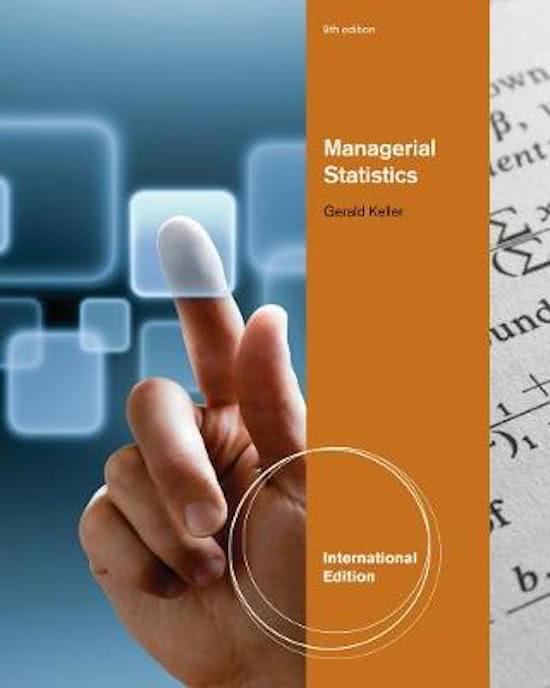Summary
Business Research Methods for Pre-Msc Summary
- Course
- Institution
- Book
In this document you will find a summary for the course “Business Research Methods for Pre-Msc” taught to all Pre-masters of FEB at the University of Groningen. The summary contains all the formulas and important underlying theory so that you have a quick overview of the exam material.
[Show more]





